1031 Exchanges: The Secret Weapon of Real Estate Millionaires
How Do They Sell for $200K Profit… and Pay $0 in Taxes?”
You ever see a real estate investor flip a property or offload a rental and walk away grinning—without losing half their gains to Uncle Sam—and wonder how?
Here’s the answer: 1031 exchanges.
This is the legal, IRS-blessed, investor-approved strategy that’s helped thousands of investors build real estate empires, stack tax-deferred equity, and multiply wealth without stopping for a tax detour every few years.
Used correctly, a 1031 exchange lets you sell high, reinvest smarter, and keep 100% of your capital working.
Used carelessly? It can blow up a great deal in a hot second.
In this guide, I’m giving you everything you need to understand, use, and maximize 1031s—without going cross-eyed from legal jargon.
Who Needs to Know This (Spoiler: Probably You)
This is for:
Landlords, flippers, and BRRRR-ers sitting on equity
Investors who’ve owned property for 2+ years and are ready to level up
Agents and brokers working with investor clients (aka the pros who need to sound like they know)
People tired of capital gains eating their hard-earned profits
Anyone who wants to build long-term wealth without giving it all to the IRS
If you own a property and are thinking of selling—stop everything and read this first.
Because if you’re not using 1031s, you’re handing over checks you don’t need to write.
What the Heck Is a 1031 Exchange? (Plain English Only)
Let’s break this down without IRS-flavored word salad.
A 1031 Exchange is a tax strategy that lets you defer paying capital gains taxes when you sell an investment property—as long as you reinvest those profits into another investment property of equal or greater value.
Here’s the Basic Flow:
You sell your rental property for a tidy profit.
You don’t touch that money.
Instead, a Qualified Intermediary (QI) holds it for you.
You find a new “like-kind” property within 45 days.
You close on it within 180 days.
The IRS says: “Cool, no taxes... for now.”
Your wealth keeps growing, untaxed and unbothered.
Simple Rules You Gotta Know:
Investment or business property only – No primary residences.
Must reinvest ALL proceeds – Partial reinvestments = partial taxes.
Replacement property must be equal or greater value – Don’t downgrade unless you want to pay up.
You must use a QI (Qualified Intermediary) – No, you can’t hold the funds yourself.
Strict deadlines –
45 days to identify new property
180 days to close
Miss the deadlines? No soup for you. And by soup, I mean tax deferral.
How Millionaires Stack Wealth with 1031s
Let’s walk through the Domino Strategy—this is how regular investors quietly level up their portfolios and net worth.
Example: The Equity Climb
Start Small
Buy a duplex for $200,000
Hold it for 3–5 years
Value increases to $300,0001031 Exchange It
Sell the duplex
Roll profits into a 4-plex worth $500,000
Pay zero capital gains taxDo It Again
The 4-plex grows to $750,000
1031 into a 12-unit for $1M+Keep Going
Eventually, you’re exchanging into a 20–50 unit complex
Your portfolio grows in value, cash flow, depreciation benefits—and equity velocity
Why This Works So Well:
You don’t lose 20–30% of your gains to taxes every time you sell
You compound larger deals, faster
You multiply cash flow, depreciation, and control
You stay liquid, leveraged, and scaling
This is how investors leapfrog from starter properties to apartment complexes—without writing six-figure checks to the IRS.
And if you hold the final property until death? Your heirs get a step-up in basis, wiping out the tax bill completely. (Yep. That’s legal. For now.)
The Landmines: Rules, Risks & Rookie Mistakes
Here’s where even experienced investors mess it up:
1. Missing the 45-Day Identification Rule
You only get 45 days after the sale to list your potential replacements.
No extensions. No do-overs.
2. Failing the 180-Day Close Window
You MUST close within 180 days of the original sale.
If you close on day 181? Sorry, full taxes due.
3. Trying to DIY Without a Qualified Intermediary (QI)
You cannot touch the money—not even for a second.
The QI holds it in escrow and handles the legal structuring.
No QI = no 1031.
4. Not Reinvesting the Full Amount
If you only reinvest part of the proceeds, you’ll owe tax on the rest.
This is called “boot” (and it’s not the fun kind).
5. Mixing Personal Use
You can’t 1031 into your vacation home.
Investment property only.
(Unless you get creative with time and usage—consult a tax pro.)
6. Not Planning Ahead
Don’t sell your property and then look for something to buy.
Line up potential replacements BEFORE you sell.
Let’s Be Real: 1031 Exchanges Are Legal, Powerful—and Totally Underused
Most real estate investors don’t even consider a 1031 until they’ve already paid taxes on three deals.
It’s not because they don’t qualify. It’s because:
They think it’s “only for pros”
Their CPA never brought it up
Their agent doesn’t understand it
They think it’s too complicated
It’s not.
It’s a checklist, a timeline, and a good intermediary.
You’ve just got to treat it like the strategic move it is.
If you want to keep your equity in the game instead of on the government’s desk, 1031s are the smartest move you’re probably not using.
Want to Use a 1031 Like a Pro?
Let’s make sure you do it right, the first time.
Option 1:
DM me “1031” and I’ll send you my 1031 Exchange Cheat Sheet, including:
Timeline tracker
Replacement property criteria
What to ask your QI
Example deal breakdown
Option 2:
Not sure if your deal qualifies?
Book a free strategy call and let’s walk through it together—so you don’t miss a single deadline (or dollar).
Option 3:
Download the “1031 Strategy Blueprint”—and see how to scale from one door to dozens with zero capital gains tax.
Have you used a 1031? Or missed the window once? Let’s talk about it—real stories, real wins, real lessons.


